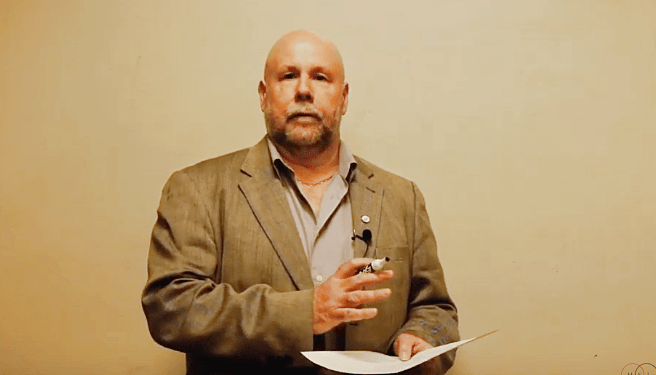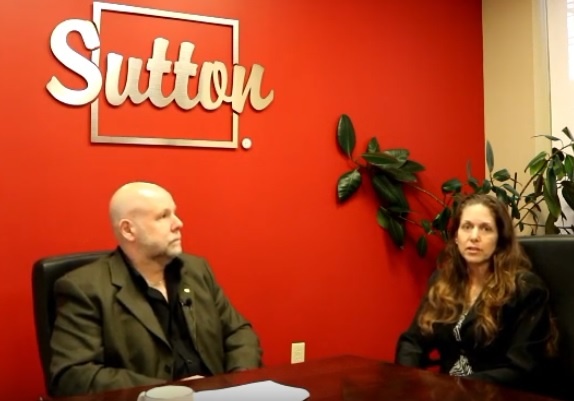Author Archive

Should you or your spouse pass away or suddenly become incapacitated, would your loved ones know where to find the personal and financial information? If not, your family would need to step in and handle your affairs. The Personal and Financial Record Keeping Journal is a simple and straightforward document that allows you and your…

Pre-arranging a funeral resolves these and many other decisions for your family. Roy Thomas talks with Don Couse about Prearranging Your Funeral. Every day we see families who are overwhelmed with trying to figure out what their father, mother, or spouse would have wanted for their funeral. “Protecting families and providing peace of mind, that’s…

Bill VanGorder@CARP.ca 902 497 8073 (cell) 902 454 2267 (office) Roy Thomas SRES® (Senior’s Real Estate Specialist) is a REALTOR® with Sutton Group Professional Realty. Since 1991, Roy specializes in helping retirees with their later in life real estate transactions. Call Roy at 902-497-3031 or contact Roy here

Roy Thomas talks about How To Pay For an Apartment by investing the equity from your home. Roy Thomas SRES® (Senior’s Real Estate Specialist) is a REALTOR® with Sutton Group Professional Realty. Since 1991, Roy specializes in helping retirees with their later in life real estate transactions. Call Roy at 902-497-3031 or contact Roy here

Visit http://www.HalifaxHomeEvaluation.com to get your Market Report FREE Call Roy Thomas at 902-497-3031 for information and/or personalized Market Update. Thank you for watching the video!

Tips for planning your downsizing in the New Year. You can download Kitti’s report 7 Easy Steps to Conquer Clutter & Streamline Your Productivity. Visit www.cluttersolutionsbykitti.com for your FREE Copy! Don’t get discouraged Contact Kitti for your Consultation. https://www.cluttersolutionsbykitti.com kitti@cluttersolutionsbykitti.com 902.817.9341

Roy Thomas talks with Lola Doucet of Waterfront Law about property migration. Contact Lola with any questions you may have. lola doucetPhone: 902-832-5126 : lola.doucet@ns.sympatico.ca

